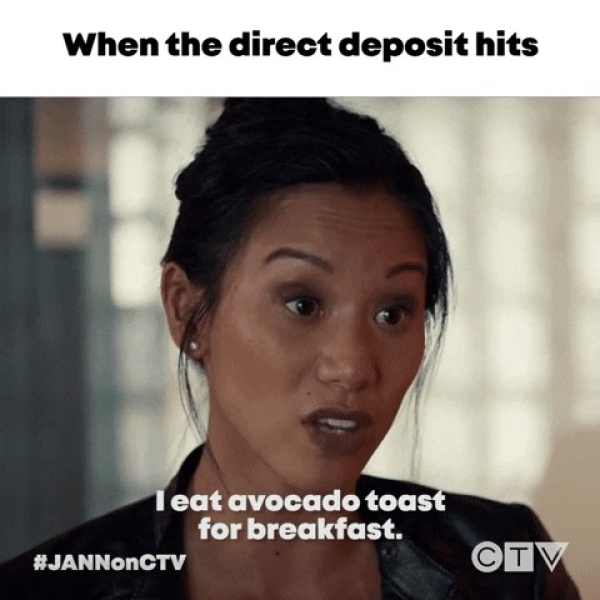Amongst soaring energy and food costs, labour shortages, cost-of-living
crisis and ongoing supply chain issues, we eat with our eyes and ears. We always have in a sense; depictions of food can be
found in the interior of Egyptian tombs; in Roman mosaics in Pompeii; in the Greek comedies of Aristophanes; in the paintings
of Giotto, Jan Van Eyck, Caravaggio, Velásquez, Rembrandt, or Renoir; in the photography of Daguerre, Man Ray, Sharon Core,
or Paulette Tavormina.
Food as entertainment is a geopolitical issue, masked and filtered through phone lenses yet impossible
to disentangle from the thick material articulations of class and access; geographical location and climate; gender, race
and labour. The current hunger for images of beautifully plated avocado toasts offered by cafés and restaurants in the West
is directly connected to the droughts and deforestation currently affecting entire regions in Chile or Mexico, major producers
and exporters of the fruit. Social media foodscapes feed the emergence of a food politic based on desire and exclusivity,
distracting and detaching food from the realities of its production and climate impact. Hunger tells us a lot about ourselves,
and empty political calories still taste better than nothing.
"Empty Calories" follows the history of the legendary
(and ostensibly extinct) spice silphium to explore the biopolitics and necropolitics of online foodscapes, and their disconnection
to the interrelations of class, gender, and geography. Examining how ritual and meaning become diluted when food is subsumed
to the exclusive role of entertainment, the talk weaves between the negotiations of our social location, the political economy
of food networks, and the status of food as content to ask: How does the establishment of the kitchen as a site for performance
contribute to distracting us from concrete fears of extinction and annihilation in the context of climate disaster?
Zoom:https://dieangewandte-at.zoom.us/j/68389025763



